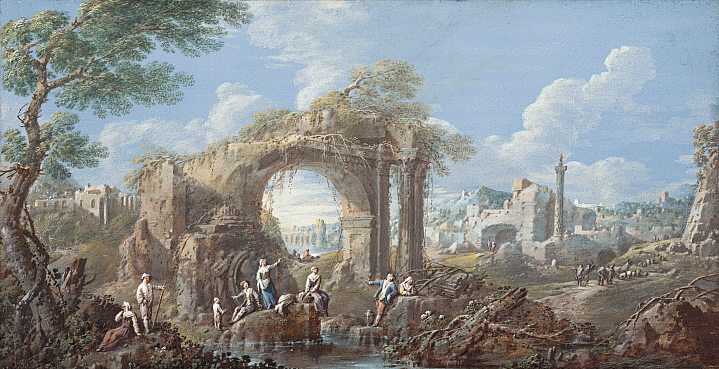STARTS
Aug 5, 2023
Ends
Mar 17, 2024
P30
Landscapes: Real and Imagined
Landscapes: Real and Imagined
The prints and drawings on view in this focus exhibition document both real and imagined places. Whether close to home, further afield, or taken from a fantasy, the landscapes show how artists draw inspiration from the world around them and translate it with their own unique visions.
These works span the 1700s to 1900s and show the enduring influence of travel on an artist’s imagination. During the 1700s, for instance, many European artists created hybrid landscapes of real and imaginary places, often depicting ruins that showed human-made structures in decay. These works were popular as travel souvenirs, showing an owner’s worldly and adventurous spirit.
In the 1800s, artists utilized new and faster modes of transportation to explore varied and remote regions. Some travelled as far as to Egypt while others, like The Impressionists, took the train to the countryside and focused on portraying transitory effects of light and weather. In the 1900s, many artists shifted their focus to everyday life, capturing simple moments in city streets, lakes, harbors, and countryside scenes. These works are often intentionally left incomplete or sketchy, inviting viewers to complete the artistic vision.
Collectively, these works encourage us to take a moment to explore, look closely, and step into these worlds. They invite us to travel near and far.

Organized by The Nelson-Atkins Museum of Art.
Image caption:
Maria Luigi Raggi (Italian, 1742 – 1813), Capriccio View of the Roman Campagna with Column, around 1780. Gouache on paper laid down on canvas, 12 1/8 x 23 3/8 in. (30.8102 x 59.3598 cm). The Nelson-Atkins Museum of Art, Purchase: William Rockhill Nelson Trust, 47-64/1.
